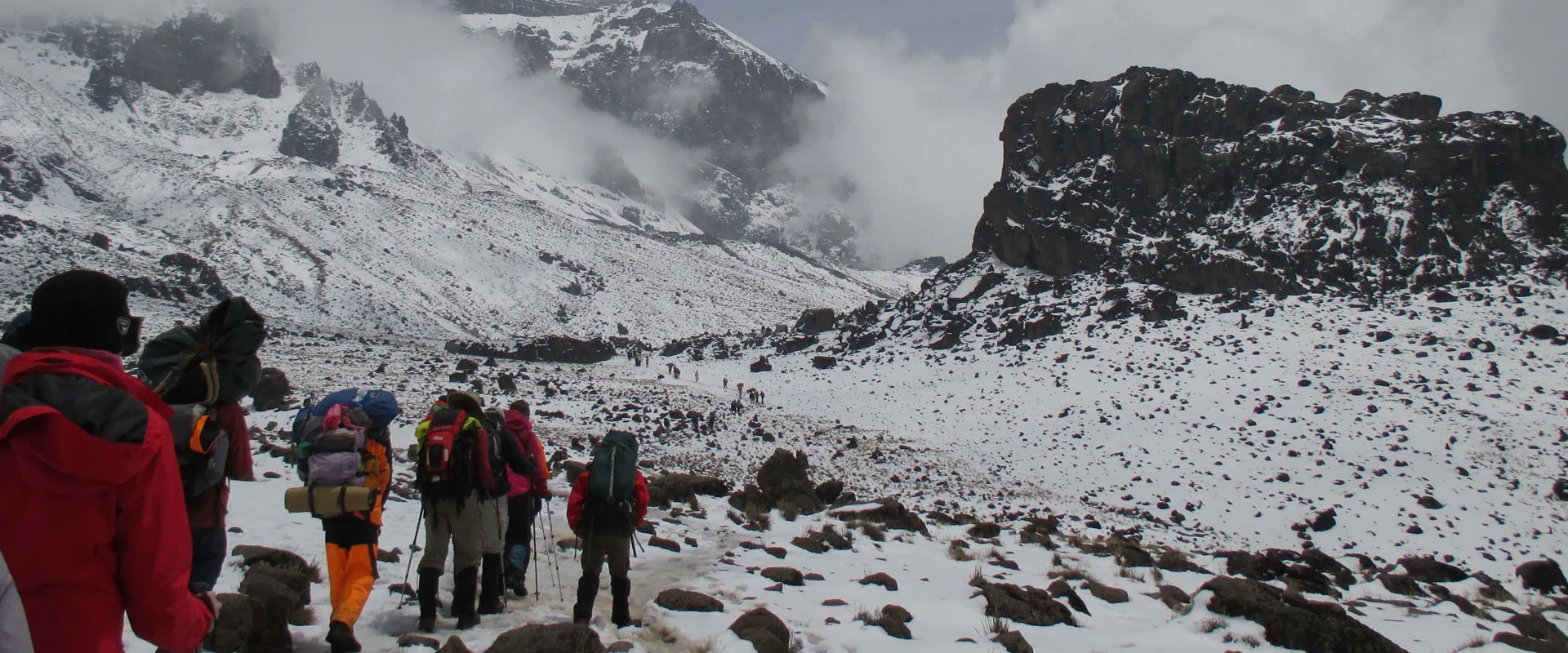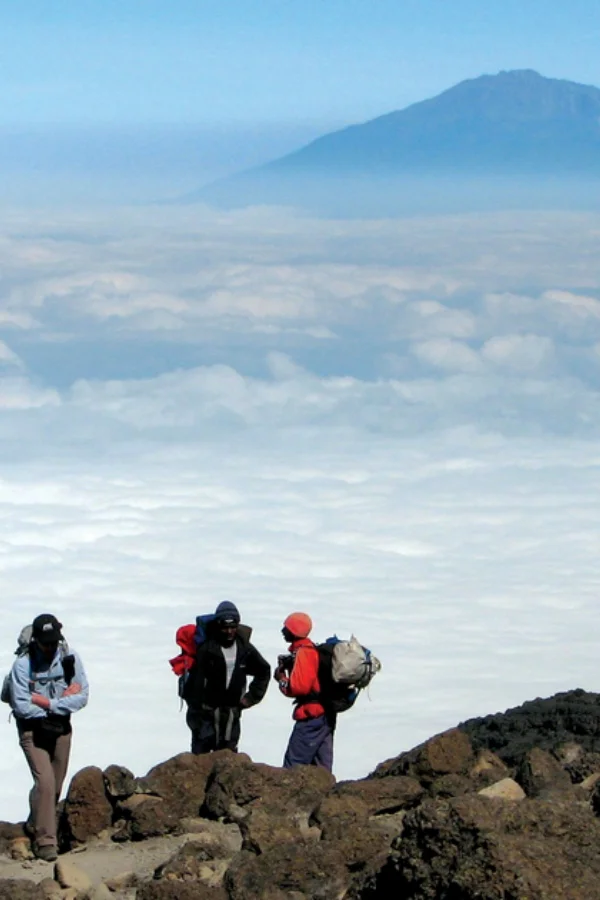
Travel Guide Details

Travel Guide Details

If you are planning to enjoy the majestic Mount Kilimanjaro, then you should be well known about the Best Time to Climb Kilimanjaro. Understanding these seasons aids in selecting the most suitable time for an ascent. So let's look at the Kilimanjaro Weather details over the year.

Rise above the ordinary by climbing Kilimanjaro
Expertise in Authentic Tanzanian Travel Experiences
Our tours offer enriching safari experiences across Tanzania. We focus on genuine cultural exchanges, environmental care, and supporting local communities. This approach enhances your trip and positively impacts the regions you visit, deepening your understanding and appreciation of the country.
A few months have passed, and I am still immersed in a happy and wonderful safari trip, with beautiful grasslands, lazy lions, and clever zebras... I am very grateful to the enthusiastic Marko, who planned based on my needs